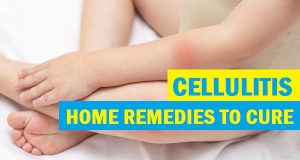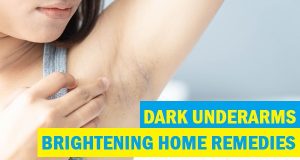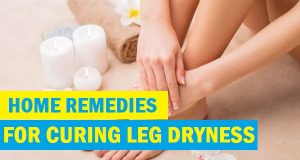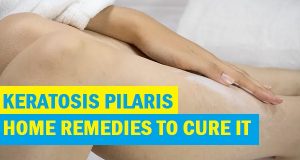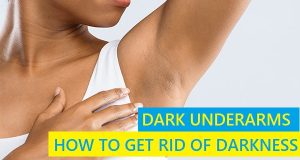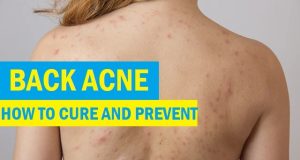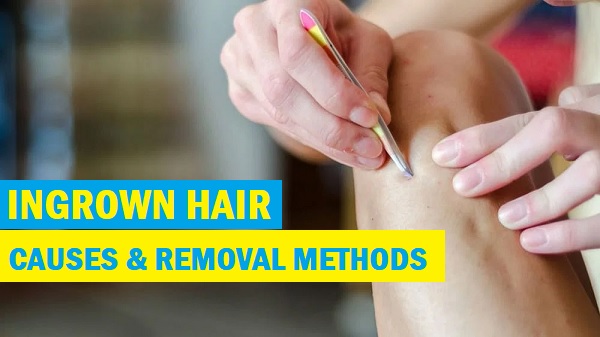
Ingrown Hair: How to Get Rid Of and Prevention Methods
Ingrown hair is a common and often bothersome skin condition that occurs when hair grows back into the skin instead of upward. It can lead to inflammation, redness, itching, and even painful bumps. While it can affect both men and women, it’s more prevalent in individuals with curly or coarse hair. In this article, we will know the causes of ingrown hair, safe removal methods, when to seek professional help, tips for prevention, and provide key takeaways to help you deal with this issue effectively.
What Is Ingrown Hair?
Ingrown hair, medically known as “pseudofolliculitis,” is a condition where a hair curls and grows back into the skin or fails to break through the skin’s surface after shaving or hair removal. Instead of growing upward, it curls downward, causing inflammation and irritation. Ingrown hairs can appear as red, itchy bumps or even small, pus-filled blisters on the skin’s surface.
The Causes of Ingrown Hair
Several factors contribute to the development of ingrown hair. Some common causes include:
Improper Hair Removal Techniques
Using improper hair removal techniques, such as shaving too closely or pulling the hair against its natural growth direction, can lead to ingrown hair. These practices cause the hair to be trapped beneath the skin’s surface, resulting in ingrown hair.
Curly or Coarse Hair
People with curly or coarse hair are more prone to ingrown hairs. Curly hair tends to bend back into the skin more easily, leading to ingrown hair occurrences.
Dead Skin Cell Buildup
Accumulation of dead skin cells can clog hair follicles, obstructing hair growth and causing it to grow back into the skin. This is a common cause which can be easily prevented by timely scrubbing or exfoliation.
Tight Clothing
Wearing tight clothing can cause friction against the skin, pushing the hair back into the follicles.
Hair Removal Products
Certain hair removal products, like depilatory creams, can irritate the skin and increase the likelihood of ingrown hairs.
How To Get Rid Of Ingrown Hair Safely
Dealing with ingrown hair requires a careful approach to prevent further irritation and complications. Here are some safe and effective methods for removing ingrown hair:
Warm Compress
Applying a warm compress to the affected area can help soften the skin and facilitate hair removal. The heat also reduces inflammation and eases discomfort.
Exfoliation
Gently exfoliating the skin with a mild scrub can remove dead skin cells, freeing the trapped hair and allowing it to grow out naturally.
Tweezing
Using sanitized tweezers, you can carefully lift the ingrown hair to the skin’s surface and then remove it. However, avoid digging deep into the skin, as it can cause further damage.
Avoid Shaving Too Closely
If you shave regularly, try leaving a bit of stubble to minimize the chances of ingrown hair. Shaving too closely increases the likelihood of hair curling back into the skin.
Topical Creams
There are over-the-counter creams available that contain ingredients like hydrocortisone or glycolic acid. These can help reduce inflammation and promote hair growth.
When To See a Dermatologist
While most cases of ingrown hair can be managed at home, there are instances when professional assistance is necessary. Consider seeing a dermatologist if:
The Ingrown Hair Is Infected
If the affected area becomes increasingly painful, swollen, or filled with pus, it might be infected and require medical attention.
Recurring Ingrown Hairs
If you frequently experience ingrown hairs despite following preventive measures, a dermatologist can help identify the underlying cause and provide suitable treatment.
Scarring or Hyperpigmentation
If ingrown hairs cause scarring or dark spots on the skin, a dermatologist can suggest treatments to improve the skin’s appearance.
Tips For Preventing Ingrown Hair
Preventing ingrown hair is possible with a few simple lifestyle changes and proper grooming techniques. Here are some helpful tips:
Proper Hair Removal: Use proper hair removal techniques, such as shaving in the direction of hair growth and using a sharp, clean razor.
Regular Exfoliation: Exfoliate the skin regularly to remove dead skin cells and reduce the risk of clogged hair follicles.
Avoid Tight Clothing: Wear loose-fitting clothing to reduce friction against the skin and prevent ingrown hairs.
Moisturize: Keep the skin well-moisturized to maintain its health and reduce the likelihood of ingrown hair.
Consider Hair Removal Alternatives: If ingrown hairs persist, consider alternative hair removal methods like laser hair removal or electrolysis.
Key Takeaways
Ingrown hair can be a pesky issue, but with the right approach, it can be managed effectively. Remember these key takeaways:
Ingrown hairs occur when hair grows back into the skin or fails to break through the skin’s surface.
Improper hair removal techniques, curly hair, dead skin cell buildup, and tight clothing can contribute to ingrown hair.
Safe removal methods include warm compress, exfoliation, and using sanitized tweezers.
Consider seeing a dermatologist for infected or recurring ingrown hairs.
Prevent ingrown hair by following proper grooming techniques, exfoliating regularly, and moisturizing the skin.
Ingrown hair can be a frustrating and uncomfortable condition, but armed with the right knowledge and methods, you can effectively manage and prevent it. By understanding the causes and adopting preventive measures, you can maintain smooth and irritation-free skin. Remember to seek professional help if needed and explore alternatives like laser hair removal for a long-term solution.
Frequently Asked Questions (FAQs)
Q: Are ingrown hairs dangerous?
A: Ingrown hairs are generally not dangerous but can be uncomfortable and cause irritation. In rare cases, they may become infected, leading to more serious complications.
Q: Can ingrown hairs be prevented altogether?
A: While it may not be possible to prevent ingrown hairs entirely, following proper grooming techniques and exfoliation can significantly reduce their occurrence.
Q: Can I pop an ingrown hair like a pimple?
A: It is not recommended to pop an ingrown hair, as it can lead to infection and scarring. Use safe hair removal methods or seek professional help instead.
Q: Is laser hair removal effective for preventing ingrown hairs?
A: Yes, laser hair removal can be an effective long-term solution for preventing ingrown hairs.
Q: Are there specific products for treating ingrown hairs?
A: Yes, there are various topical creams and serums available that specifically target ingrown hairs and reduce inflammation.
 Tips and Beauty Site about Skin care, Hair care, Health, weight loss and lifestyle tips
Tips and Beauty Site about Skin care, Hair care, Health, weight loss and lifestyle tips

